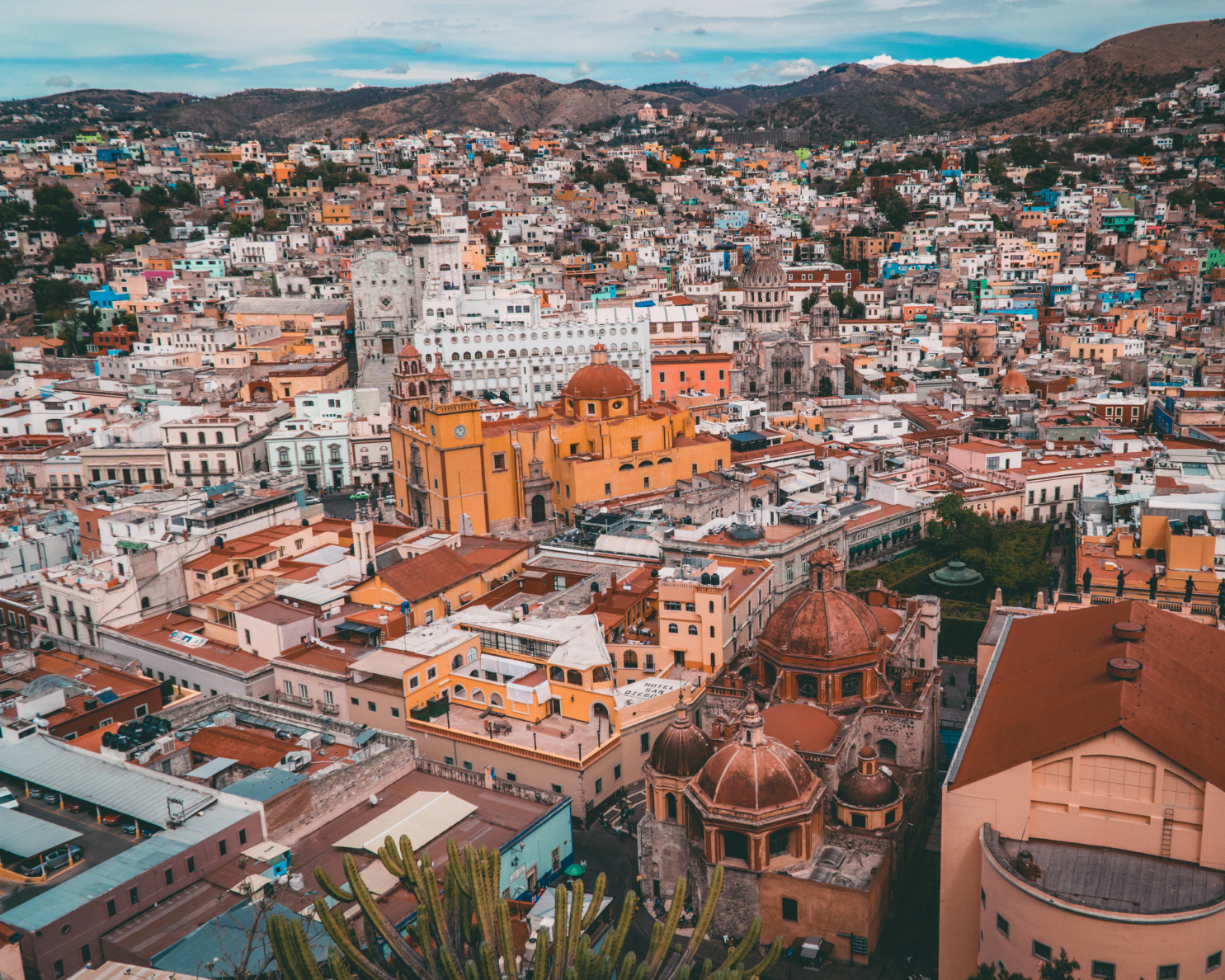Description
Originally known as ''Special Energy Financing District'' or ''on-tax bill solar and efficiency financing'', the concept was proposed in 2005 as part of the Monterey Bay Regional Energy Plan. Property Assessed Clean Energy (PACE) programs help residential and commercial property owners finance energy efficiency, water conservation, renewable energy and electric vehicle charging projects. Unlike personal home equity loans, PACE loans are attached to the property, paid back through the tax bill and are passed along to the next owner when a property is sold. It is based on the "land-secured financing district" in which the local government issues bonds to fund projects with a public purpose. This structure is extended to a finance model which allows property owners to implement improvements without a large up-front cash payment.
Location
Multiple cities, USA
Region
USA & Canada
Instrument
Tax-line financing for clean energy and energy efficiency measures
Instrument category
Municipal own source revenue (OSR) and policy steering instrument
Secondary instruments
N/A
Project size (range)
USD 0-5M
Project size (details)
USD 5BN made by 200,000 homeowners in 2019.
Implementer
City governments in multiple states in the USA
Year of financial closure
Ongoing
Client
Residents and businesses in eligible states.
Primary financer
Office of City Treasurer
Other co-financers
Approved PACE providers appointed by City municipalities.
Other contributors
N/A
Other transaction participants
Service providers authorized by eligible cities in the states of Arkansas, California, Colorado, Connecticut, District of Columbia, Florida, Maine, Maryland, Michigan, Minnesota, New York, Ohio, Pennsylvania, Rhode Island, Texas, Virginia, Washington, Wisconsin.
Barriers addressed
Reducing upfront costs for energy efficiency measure: PACE programs help residents and businesses reduce their energy costs and environmental impact, via affordable loans that can be paid off in instalments.
Protection of general funds while allowing municipalities to encourage citizens to implement energy efficient solutions.
Financing structure
Eligibility and terms vary among providers (borrowers must own at least 10 percent equity in their property), and borrowers are encouraged to do their research to find a program that serves them best. Some of the advantages of PACE financing include: 1. Zero down-payment with 100% financing options; 2. Flexible repayment terms ranging from 5 to 30 years; 3. No prepayment penalties; and 4. Financed amount doesn't appear on the credit report, and approvals are not based on credit scores. PACE loans can be spent on energy and water projects, from solar energy and reflective "cool" rooftops to insulated windows, low-flow toilets and desert-friendly landscaping. Some examples include: 1. Installing renewable energy (solar, wind, - Geothermal); HVAC upgrades; 2. Insulation upgrades; 3. Electric vehicle charging station installation; 4. Window and door upgrades; 5. Lighting upgrades; 6. Pool equipment upgrades; and 7. Drought-tolerant landscaping installation and irrigation upgrades.
Suitability for cities in low-and-middle income countries (detail)
Somewhat. Even though the example is not from an LMIC, the solution would appear suitable for LMIC cities with a well-developed fiscal system and sufficient fiscal space.
Weblinks
References
